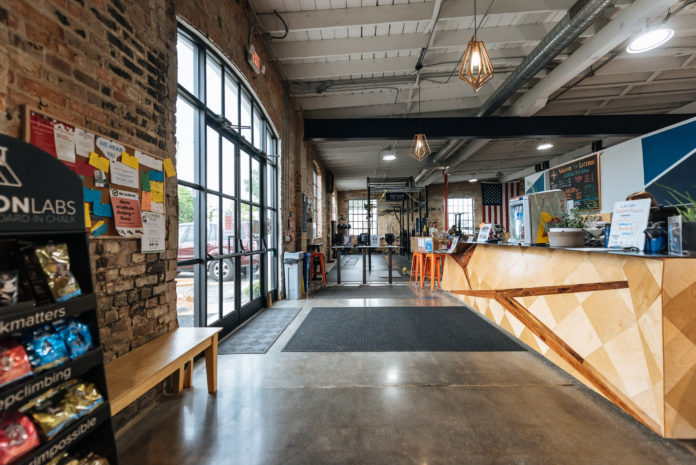
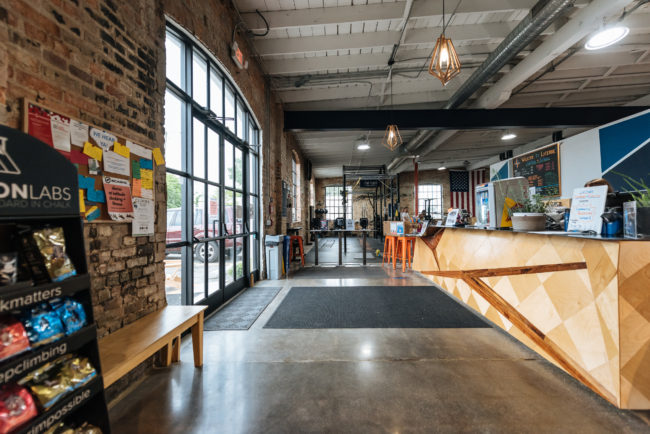
Okay, so you had your brain blast and are set on the idea of this whole climbing gym thing. But, what’s next?
Well, at the end of the day, a climbing gym is a business. Running any business is difficult, time-consuming work. While forming one can actually be a lot easier than people imagine, there are many moving parts during the initial start-up phase that some fail to address.
So, grab your pen and paper because it’s time to plan. Just go slowly so you don’t miss a step. The more prepared you are, the more professional you will appear to lenders and others who need to be on board with your idea.
Business Planning
Business success begins with the right team, which could include a group of partners with varied skill sets. One skill set you will need is solid legal and tax advice from professionals in your jurisdiction, for instance, to help protect your investment. Some thoughts you should discuss with your partners are:
- What is each partner investing (sweat, cash or other) and what does each expect in return?
- What will each partner’s scope of responsibility be?
- How will high-level decisions be made? Will you have a general manager or board of directors?
- If your business fails, how will assets be liquidated and distributed to partners, if any are available?
- If you’re successful, will partners have an automatic right to participate in, or otherwise own, new gyms?
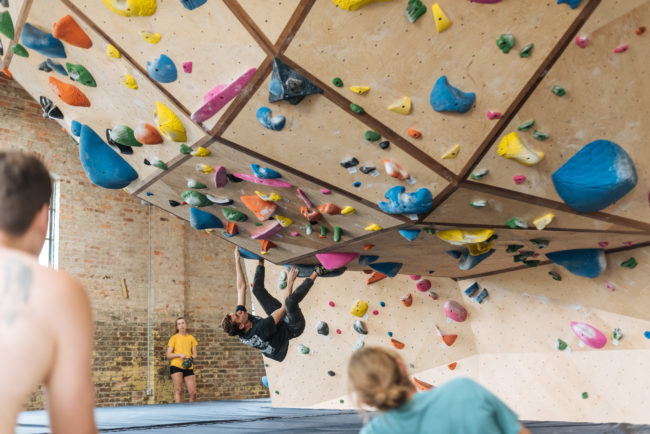
Overall, you want everyone involved to be on the same page. Answering these questions before taking any major steps will help keep you on track when obstacles arise (because they inevitably will).
More formally, you will want to agree on and have your lawyer draft the documents that provide the necessary structure on how your business will handle things. These could include plans for what happens with your profits and losses; who gets to vote on important decisions; who is assigned to manage the business; and what to do if someone passes away or wants to leave the company. Quality legal counsel is your best bet on forming a business with the proper fundamental documents for your particular business needs.
In addition, you’ll also want to define your target customers. Sure, the answer is ‘climbers.’ But do you know how many climbers are in your area? What they enjoy doing when not pulling plastic? Which age group is most prevalent in your market? What is their average income? You will need to plan around these questions, among hundreds of others.
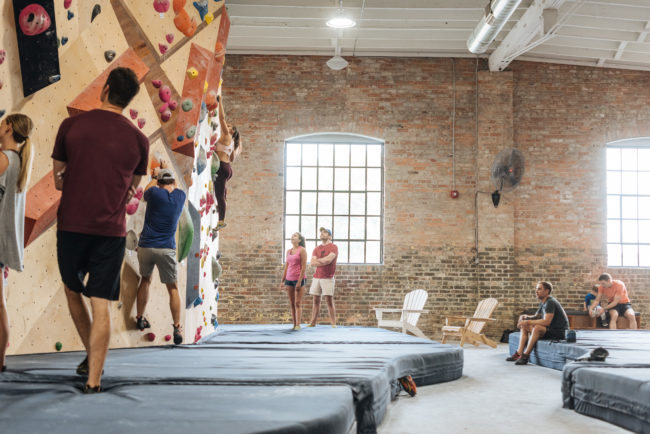
Case Study: Latitude Climbing and Fitness
Virginia’s Latitude Climbing and Fitness is a great example of proper planning and execution. Each of the gym’s three owners utilized their various backgrounds when forming the business: Matt Beck devoted his life to the Navy (and still does); Marisa Beck has a master’s in organizational management and experience as a nurse; and Jason McKenzie has vast accounting, financial and legal experience.
After moving from San Diego to Norfolk, the Becks noticed their new local market was primed for a climbing gym. The closest outdoor crag for Norfolk’s core climbing community is a six-hour drive from town and, because the region’s geography favors water over rock, many residents had never dipped their hands into a chalk bag.
A Clear Mission
A big part of Latitude’s success is attributed to its clear mission from the get-go: to build climbers. Each owner could think back on this purpose when making important decisions. Take gym design, for example. Because many members and guests were new to the climbing scene, Jason and the Becks understood the importance of creating a clean, thoughtfully designed space. They chose a design which ensured new climbers would leave with a desire to come back and hone their skills. They made key choices based on a shared vision.
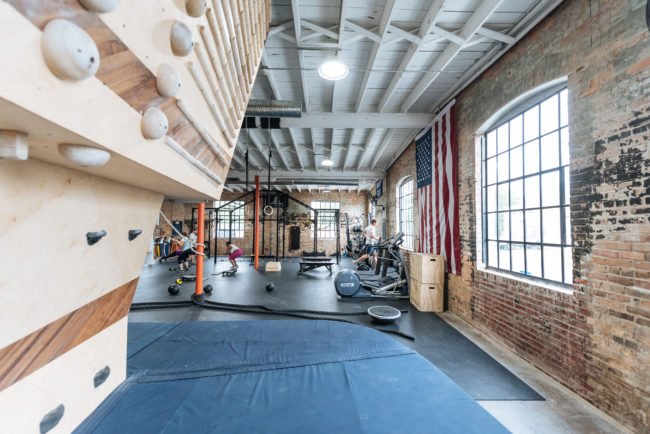
“We built a full-service fitness facility with state-of-the-art equipment and certified fitness instructors to provide an offering to guests that were not ready to commit to climbing as their primary fitness activity,” Matt said. “We made purposeful decisions to ensure our layout is convenient for our members so they can utilize climbing and traditional fitness equipment during hybrid workouts.”
The Right Team
Additionally, the trio divided each partner’s scope of responsibility with full trust: Jason leveraged 15 years of advising clients’ businesses to manage financial and legal aspects; Marisa leaned on her experience in management by building the people-first culture of Latitude; and Matt deployed his problem-solving expertise to find solutions that help drive the gym’s positive operation results.
“An important aspect to our success has been that we each bring different skills to the table,” Jason said. “The division of responsibilities allowed us to make decisions efficiently.”
The owners fully trusted each other and stuck to their clear mission. As a result, Latitude became one of the fastest gyms to ever open in the United States. Matt, Jason and Marisa opened the doors in just six and a half months!
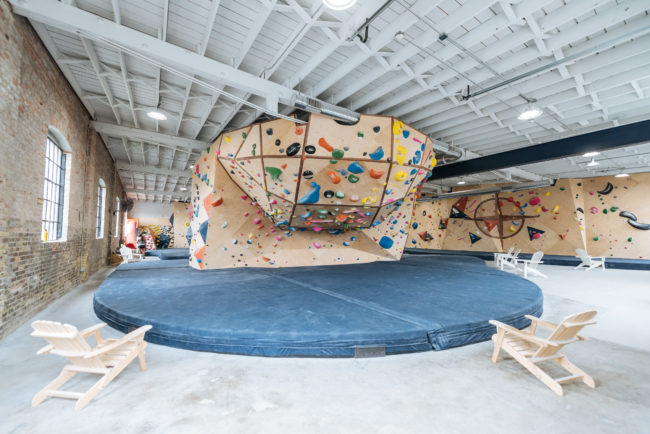
It’s clear their market research, programming and operational procedures have paid off, because the owners recently broke ground on their second location in Virginia Beach. For Jason and the Becks, the sky is the limit.
What’s Your Plan?
There will be numerous moments throughout your entrepreneurial journey when you’ll want to throw in the towel. The key is to believe in what you’re doing and to keep one foot in front of the other – the payoff is always worth your hard work and dedication. Though there are many unknowns, determining the nitty-gritty aspects of your project will stack the deck in your favor when roadblocks and subsequent stress occur.
Hopefully you feel more inspired and motivated than inundated with tasks to tick off. But if you feel overwhelmed or confused, fear not! We’re here to guide you and provide a detailed map through any step of the process.
Be sure to stick around for April’s installment of this series in which we’ll review the financial aspect of your project. And don’t forget: you can drop us a line anytime if questions arise. We’d love to help.

.

Vertical Solutions manufactures and provides business consultations for stunning, world-class climbing gyms. Bringing gym projects to life for 15 years, VS brings passion and expertise in climbing culture creation and lifestyle spaces for outdoor enthusiasts. Flooring and holds through Habit Climbing.





